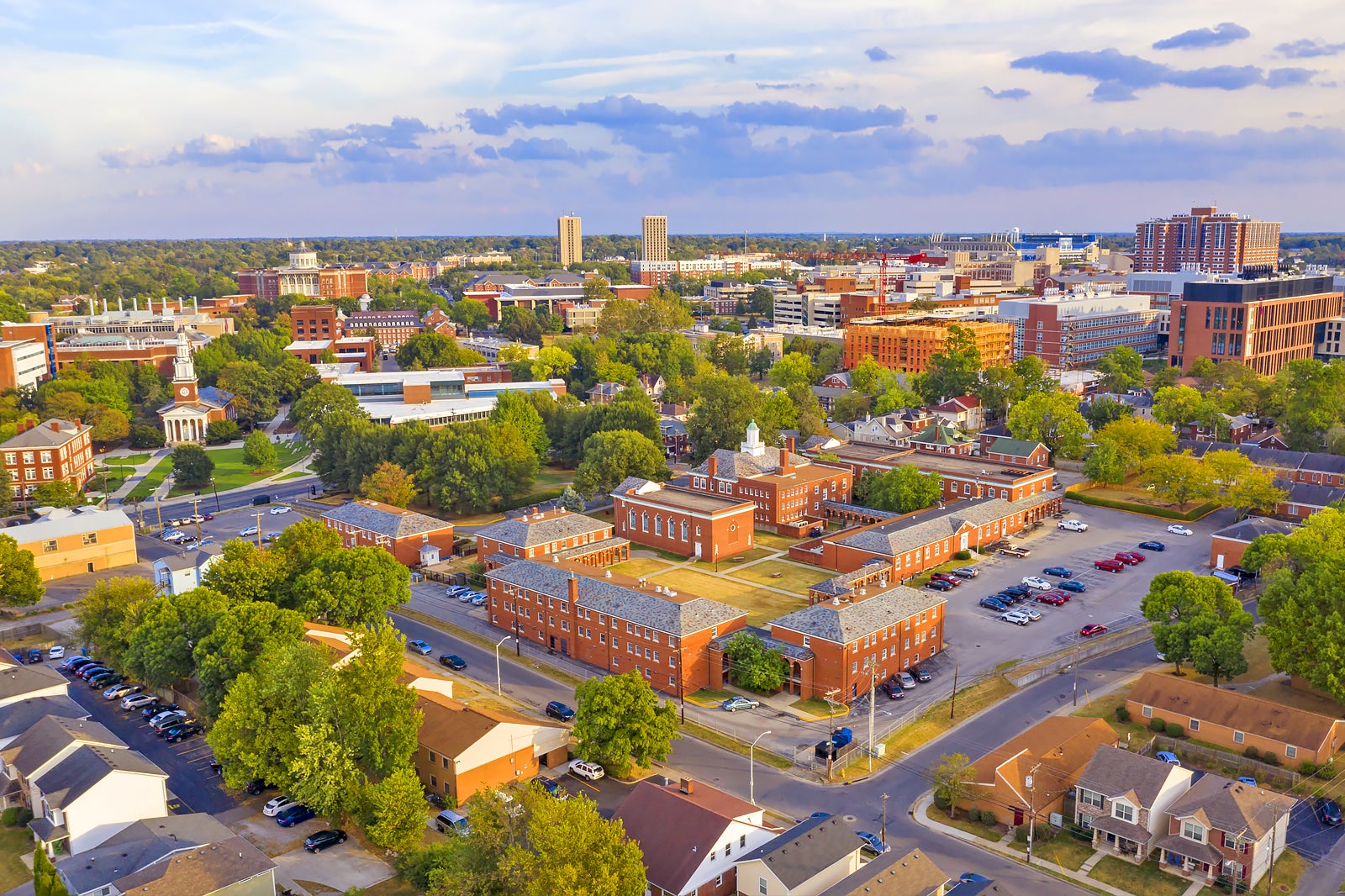24/7 Helpline:
(866) 899-111424/7 Helpline:
(866) 899-1114
Learn more about Inpatient Rehab centers in Olmstead
Inpatient Rehab in Other Cities












Other Insurance Options

Carleon

Private insurance

Magellan Health

Multiplan

Optima

MHNNet Behavioral Health

Lucent

Access to Recovery (ATR) Voucher

Magellan

WellPoint

EmblemHealth

Horizon Healthcare Service

Optum

MVP Healthcare

CareSource

Amerigroup

United Health Care

BlueCross

Health Choice

Choice Care Network